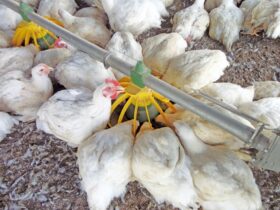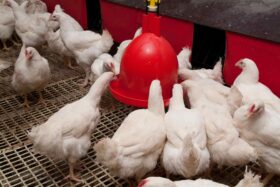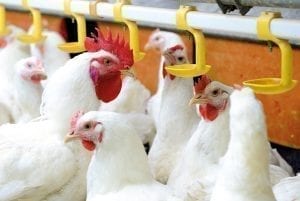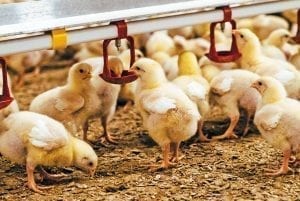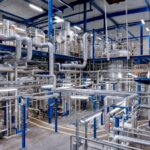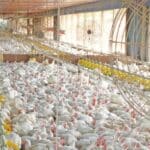Why should you read another story about phytogenics? Or, is it botanicals, spices, herbs, and extracts? No matter what we call them, scientists have named them “secondary plant compounds”, and if we are to follow the American tradition we can call them SPC. Then, here is the first interesting thing we can discuss about this plant-derived class of active compounds. They are “secondary” in nature, but not insignificant. They play no role in normal metabolism, but they help plants (and now animals) survive under adverse conditions. Perhaps, this is why some experts consider them as the next frontier in poultry nutrition. With poultry that are raised in less than ideal conditions, especially when we consider the movement towards antibiotic reduction (for growth promoting reasons, not complete removal of all medicines), we understand that such natural compounds can be of significant help.
As it happens, the majority of poultry specialists in Europe and increasingly in the Americas consider SPC as an almost-essential element in diets for broilers and layers (and turkeys, ducks, and all poultry for that matter) when birds are raised without antibiotics. Some go even further and use them along with antibiotics because, as we all know, antibiotics are never 100% efficient as bacteria sooner or later develop some form of resistance. Such resistance has not yet been observed with SPC. So if one is to use SPC in poultry feds, which ones to buy? A quick glance at the market will reveal more commercial products than can possibly be imagined. Some must be better than the rest, but how can we separate the wheat from the chaff? Price alone is not always a good indicator. A high quality product must be expensive – for there is no such thing as a free lunch – but all expensive products are not always of the highest possible quality!
There are three basic criteria, which we can mention briefly here:
- SPC are volatile – at least most of them. As such, unprotected products will soon evaporate if left in the open air as it happens with feed prepared in commercial farms. So, some form of protecting SPC is essential.
- SPC are innumerable – so finding the right mix for the job required is important. You cannot get the same results with any kind of mix. So, in designing an SPC mix, the manufacturer must declare and have knowledge of the target to be accomplished.
- SPC are powerful – meaning you cannot just keep adding as much as possible. Here finding the exact dosage for the right purpose is a difficult balancing exercise. So, the right mix and the right dosage must be combined, otherwise animals will refuse the feed (worst case scenario) or just fail to benefit from SPC inclusion.
There is so much more to learn about this exciting class of compounds that can replace the growth promoting action of antibiotics that it is worth spending time learning more about them.
